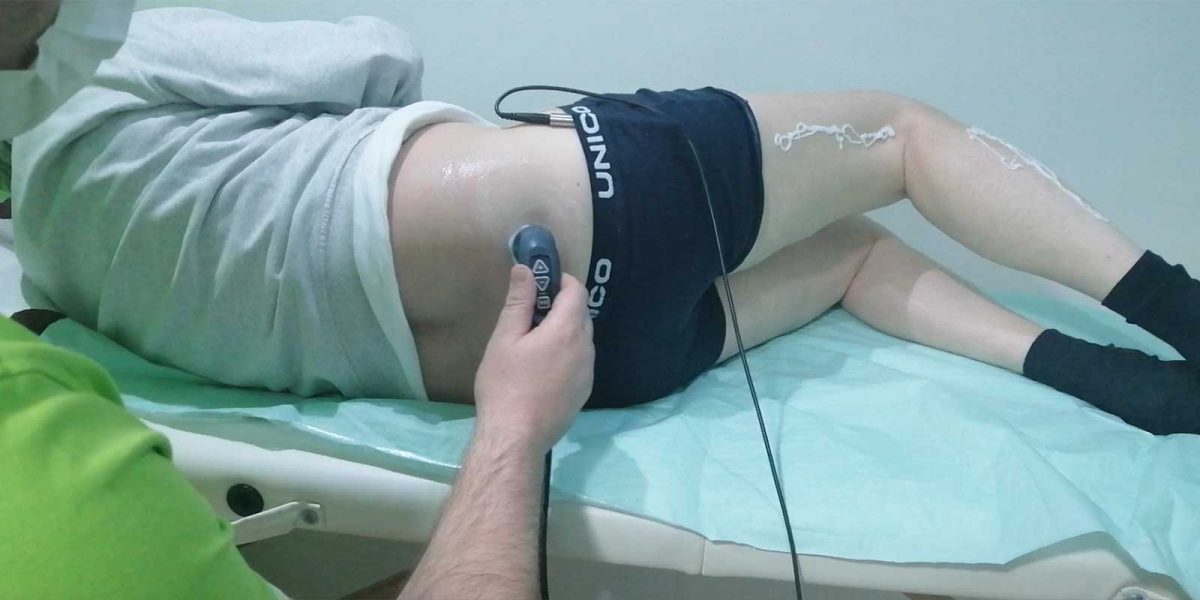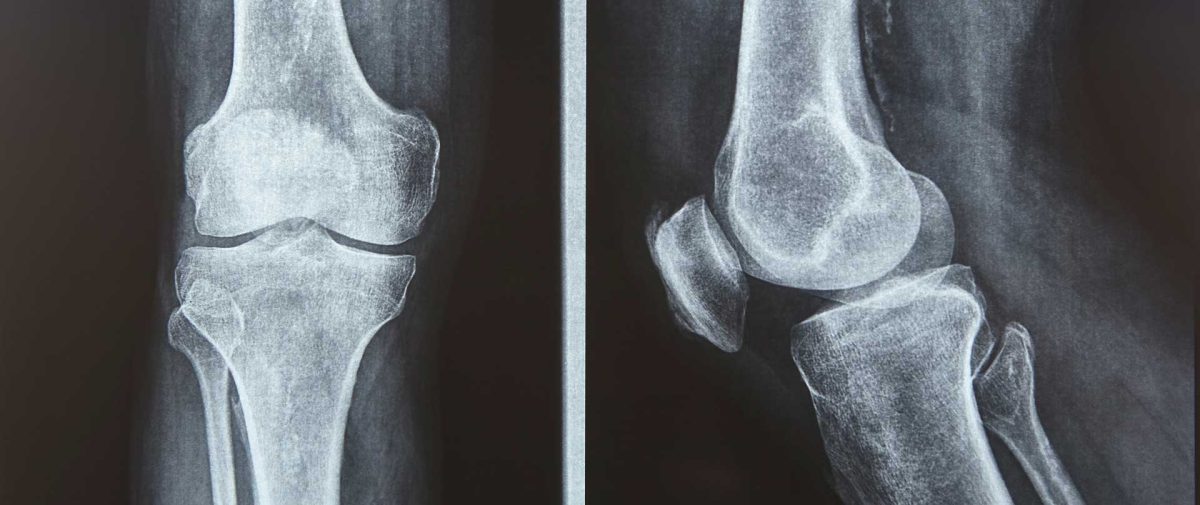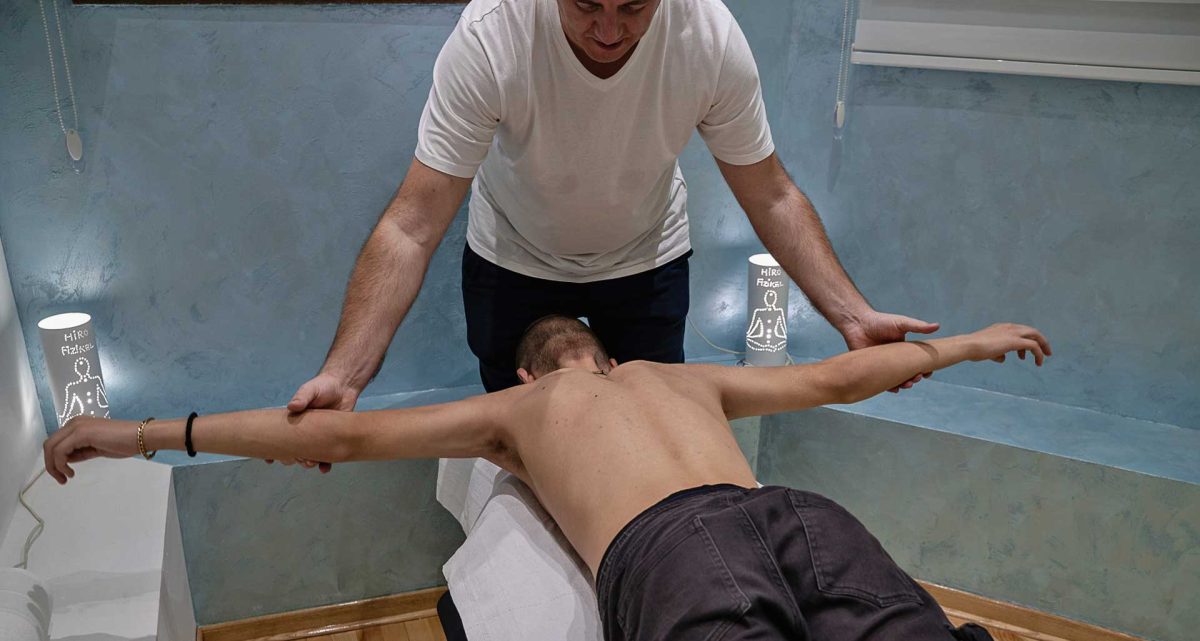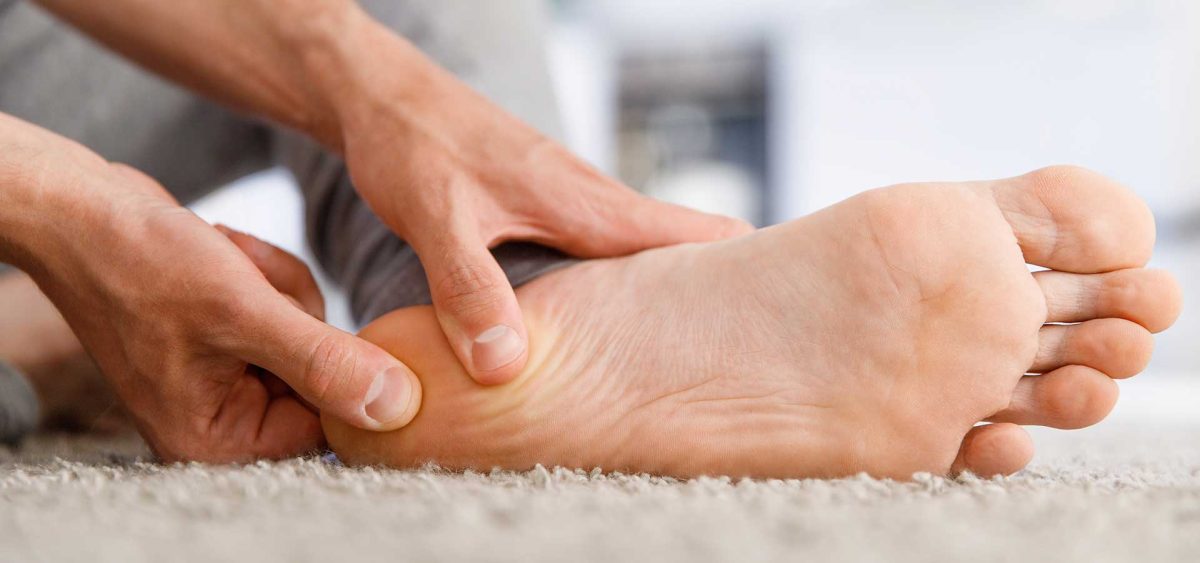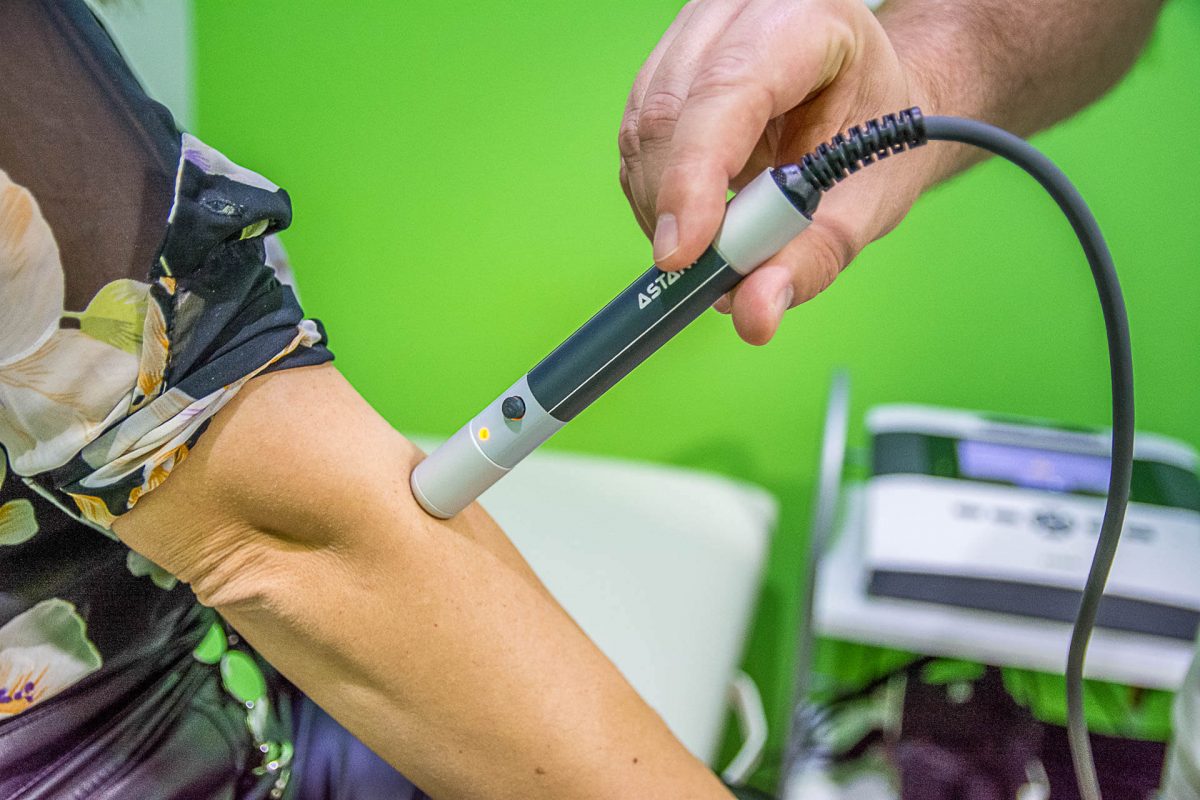Tecar therapy is an advanced therapeutic technique used in medicine, rehabilitation and sports medicine to relieve pain, improve function and accelerate the healing process. This therapy uses high-frequency electromagnetic waves to stimulate tissue regeneration and improve blood circulation. The working principle of Tecar therapy is that electromagnetic energy is transferred to the tissue through specialized applicators, which generate heat deep in the tissue. There are two types of applicators: capacitive and resistive. Capacitive applicators are used for superficial tissues, while resistive applicators are used for deeper tissues. This combination allows the therapy to work at different tissue depths. Tecar therapy is used to treat various conditions, including sports injuries such as sprains, strains of muscles and tendons, as well as for rehabilitation after surgery or injuries. It is also used to relieve pain in conditions such as arthritis, tendinitis, fibromyalgia and back pain.
The success of treatment with Tecar therapy may vary depending on the specific condition and individual response of the patient, however, many patients notice improvements already after the first session. The duration of treatment can be different, from several weeks to several months, depending on the severity of the condition and reaction to therapy. The main benefits of Tecar therapy include rapid pain relief, reduction of inflammation, acceleration of the healing process, increase of range of motion and improvement of muscle function. Also, this therapy is painless and non-invasive, making it a popular choice for many patients.
Tecar therapy can be used for a wide range of conditions, including:
- Sports injuries: Like sprains, muscle and tendon strains, ligament tears, tennis elbow, and the like.
- Orthopedic conditions: such as arthritis, arthrosis, bursitis, tendinitis, and back pain. Neurological conditions: such as neuritis, neuropathy, and peripheral neuropathies.
- Postoperative rehabilitation: after surgery on muscles, tendons, ligaments or bones to speed up the healing process and improve function.
- Degenerative conditions: such as degenerative joint or muscle diseases.
- Rehabilitation after injury: such as injuries from car accidents, falls or sports injuries.
Tecar therapy can be tailored to different patient needs and used as part of a treatment plan in combination with other therapies or modalities.
For more information about Tecar therapy at the Chirofizical clinic in Vračar, call us and schedule a consultation. Check if Tecar is the right solution for your problem.

